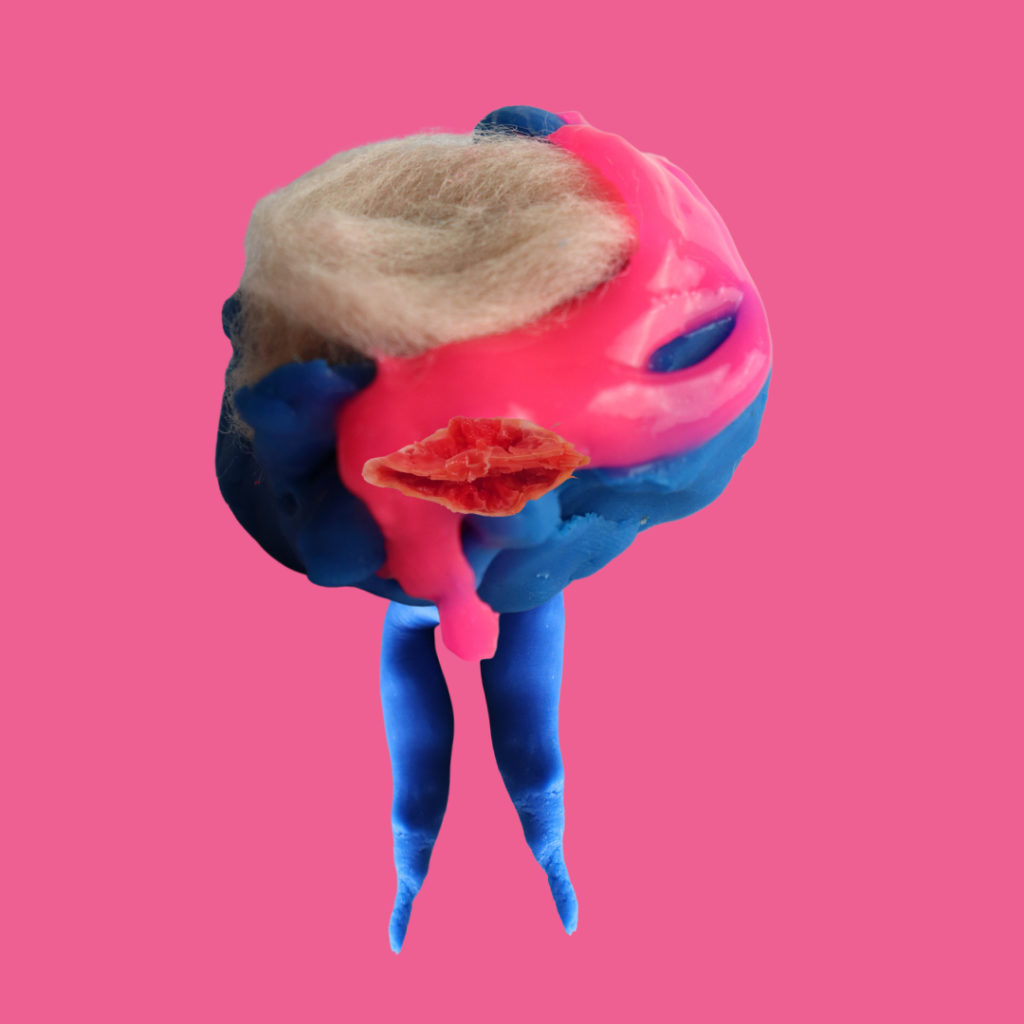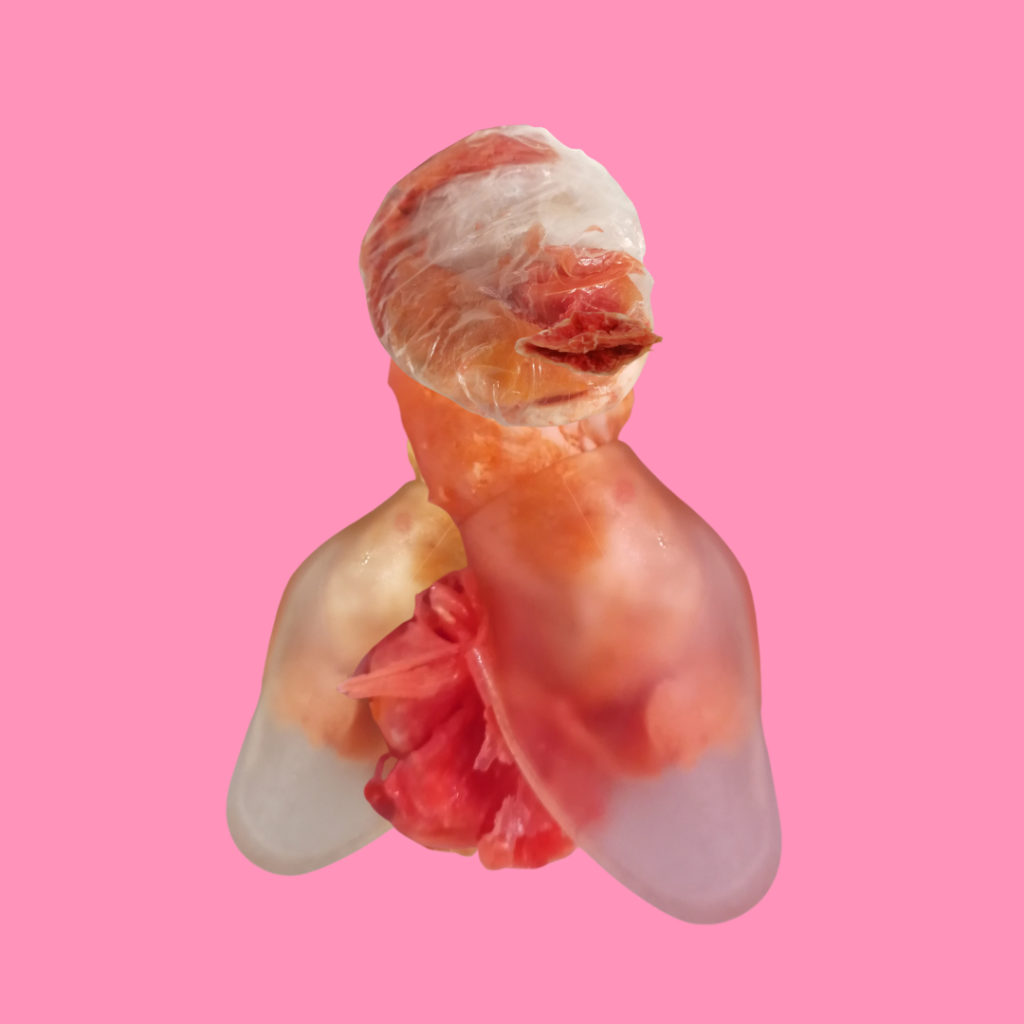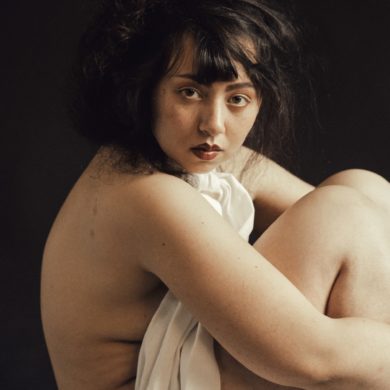HYSTERA (aka dr Alicja Pawluczuk) is a mixed-media artivist and a researcher exploring the intersections of digital and social inclusion, neoliberal feminism, invisible disability, and medical misogyny. HYSTERA uses artivism as a critical lens to examine digital technologies’ impact on our understandings of society and the self. Her works are provocative, visceral, and most importantly – hysterical.
This series explores the problems of the gender health gap, medical misogyny and medical gaslighting when comes to people with invisible disabilities and in particular menstrual health-related issues.
As an invisible disability and endometriosis warrior, this is a topic that is very close to my heart.
My artivism practice is grounded in ‘Feminist technoscience’. I’m trying to explore how/if technologies and social media influence the way we see ourselves and others. Apart from incorporating elements of research into my work, I also used digital media to share my artivism pieces. In a sense, technology helps me to co-create the meaning of work through my interactions with other users (e.g. through comments, messages). The term ‘artivism’ helps to better describe the purpose of my art which is to activate (at least a tiny bit) social change.
The word hysteria originates from the Greek word for uterus – hystera. For centuries, hysteria was used both as a medical diagnosis as a derogatory term describing women that would not fit into the oppressive femininity standards. I’d always fit into both of these categories. Seen as too emotional, too sick [yet also] too loud, too outspoken – I was labelled as hysteryczka (Polish for hysterical) at a very young age. It has taken me years to finally understand the history of hysteria and its impact on the way bodies are still being viewed in the 21st century.











